By John Broven
New York has been at the heart of international musical activity ever since the far-off days of Tin Pan Alley, from Broadway show songs through Brill Building pop to jazz, folk, mambo, doo wop, rock, disco, punk, rap/hip hop and other styles in between.
There was also a neighborhood blues scene. It has remained little known and scantily documented until now, with the publication of New York City Blues: Postwar Portraits From Harlem to the Village and Beyond by Larry Simon (University Press of Mississippi) which I have had the pleasure of editing. The period covered is from the 1940s through the 1990s.
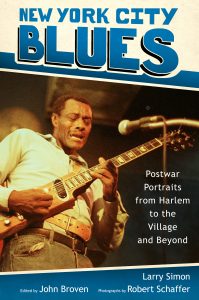
For too long, New York has been under the shadow of major blues conurbations such as Chicago, Memphis and the West Coast. Many of the local artists made a familiar trek up the Eastern Seaboard, particularly from the Carolinas, as they escaped the segregated South looking for the bright lights of the big city.
Simon, a Brooklyn-born guitarist, became interested in New York blues musicians in the 1980s after reading articles in Juke Blues, a highly respected British magazine. In search of new material, Paul Harris and Richard Tapp made trips with myself from England to the Big Apple in the mid-1980s through early ‘90s. The people we interviewed were hardly household names, certainly not to the public at large: Bob Gaddy, Larry Dale, Jimmy Spruill, Harlem record man Bobby Robinson, even songwriters Rose Marie McCoy and Doc Pomus — both of whom wrote hits for Elvis Presley.
Yet the Juke Blues stories struck a chord with Simon, so much so that he initiated a New York blues revival movement with Gaddy, Dale and Spruill, also Rosco Gordon (a famous Memphis R&B artist) and Dr. Horse (Al Pittman, who had been singing with the Ink Spots). Besides playing clubs in Manhattan and the Bronx, they even traveled to Europe to ecstatic reaction.
Realizing the importance of these artists and the stories they had to tell, Simon had the idea to write this first-ever book on the subject. “I had the foresight to interview the guys and have my photographer friend, Robert Schaffer, take pictures,” he said. “Thus began a 35-year odyssey that resulted in our just-published book, not to mention all our wonderful years of performing and touring.”
After I agreed to edit the book, which includes my scene-setting introduction, Harris and Tapp were brought on board. Harris contributed many photos mainly taken in the Harlem of the 1980s, while Tapp interviewed Bob Malenky, a guitarist with a fascinating story of New York’s underground blues activity.
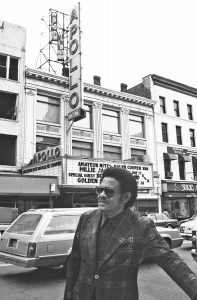
At the last minute, we felt we needed a chapter on Tarheel Slim — another talented but overlooked East Coast blues guitarist. Step forward Val Wilmer, a noted U.K. jazz photographer and writer, who contributed her 1973 interview with Slim and his wife Little Ann, plus photographs. Then Wilmer came up with features on classic blues singer Victoria Spivey and country blues guitarist Larry Johnson.
Simon conducted last-minute interviews with important bluesmen Paul Oscher and John Hammond Jr., and with a location map designed by Debbi Scott Price, of Stony Brook, the book was ready to go.
While much of the New York blues activity was centered on Harlem, flowing out to Greenwich Village, the Bronx and Brooklyn, there was a respectable Long Island contingent. Local interviewees included record men Hy Weiss from Woodbury and Jerry Wexler from East Hampton, ballad heartthrob Arthur Prysock from Searington and Doc Pomus from Lynbrook.
As a matter of interest, there is a Prysock exhibit on permanent display at The Jazz Loft in Stony Brook. Also featured in the book are no less than three photographs of the Celebrity Club in Freeport, a somewhat forgotten harbor of Black entertainment in the 1950s and ’60s.
Said Tapp of his Malenky interview, “In the early ‘70s, Bob was a member of blues singer Charles Walker’s band. It was a hand-to-mouth existence with gigs being played in small Black neighborhood clubs in areas like the South Bronx and out onto Long Island where Malenky recalled clubs in Roslyn, Wyandanch and Huntington Station. They were tough times but, looking back, Malenky said he was proud of his association with Walker and I’m pleased that the story has now been told.”
Other people covered include saxophonist Noble “Thin Man” Watts and his wife June Bateman (a supremely soulful singer), the Rev. Gary Davis (the guitar maestro), Billy Bland (hit recorder of “Let The Little Girl Dance”) and Billy Butler (a master guitarist of “Honky Tonk” fame, an instrumental known to almost every working band).
Sadly, time has caught up with almost every interviewee in the book, except Hammond and Malenky, so New York City Blues champions their memory rather than attempts to revive a long-gone scene. Moreover, Oscher, who once played harmonica with the famed Muddy Waters blues band, and photographer Harris both sadly died in April just prior to the book’s publication.
It is hoped that musicians of all ages will find suitable inspiration from the trendsetting artists who operated in the different and difficult social circumstances that bred the blues. Others can immerse themselves in YouTube to discover yet another stylistic element of the many timeless sounds of New York as they devour the words of pioneering blues people, record men and songwriters.
————————————-
New York City Blues by Larry Simon, edited by John Broven, is available from usual book sources including Amazon.com. Broven is a member of the TBR News Media editorial staff and lives in East Setauket.

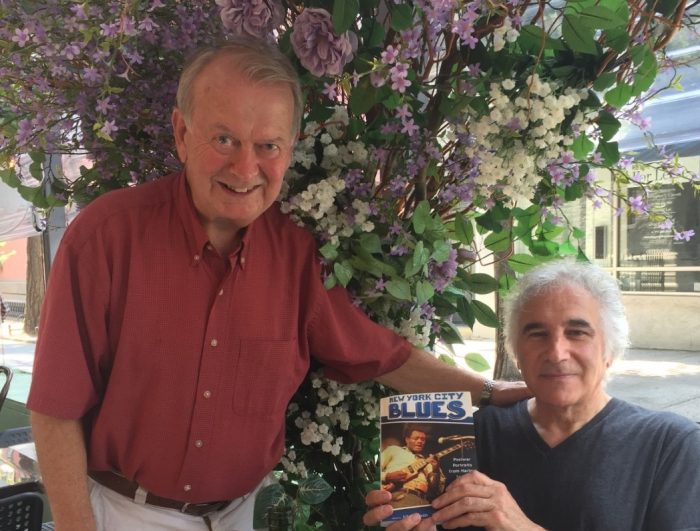
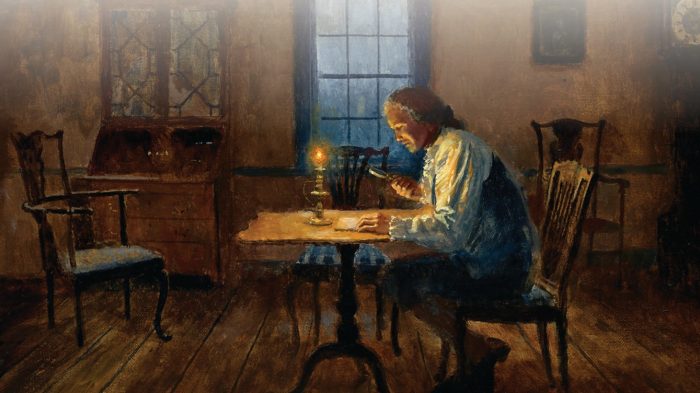
 After the book discussion, enjoy a final opportunity to see the newly discovered Culper Spy letter while it is still on vie. The handwritten letter that is dated November 8, 1779, and is from Benjamin Tallmadge (using his alias, John Bolton) to Robert Townsend (alias, Samuel Culper Jr.) is the only known surviving letter between the two.
After the book discussion, enjoy a final opportunity to see the newly discovered Culper Spy letter while it is still on vie. The handwritten letter that is dated November 8, 1779, and is from Benjamin Tallmadge (using his alias, John Bolton) to Robert Townsend (alias, Samuel Culper Jr.) is the only known surviving letter between the two.
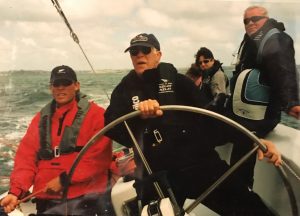
 A special section focuses on the author’s grandfather, Captain Beverly Swift Tyler, who was a ship captain, boat builder, racing sailor, and boarding house owner. This unique and personal inclusion further brings to life the living history element of the writer’s undertaking.
A special section focuses on the author’s grandfather, Captain Beverly Swift Tyler, who was a ship captain, boat builder, racing sailor, and boarding house owner. This unique and personal inclusion further brings to life the living history element of the writer’s undertaking.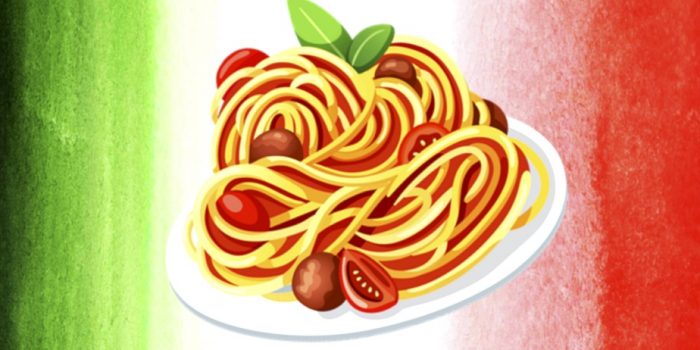

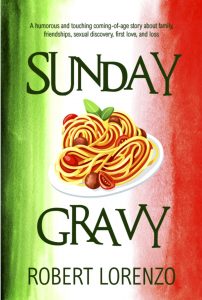 Tommy and Maria are Our Town’s George and Emily for a savvier time. While they are actively intimate, there is still innocence and awakening. Tommy is in the rush and flush of first love, where every moment means something: hours of phone calls, of anticipation. Lorenzo writes with accuracy, of hormones and hope, but also with kindness. His young people wade through their own truths and struggle with hypocrisies. There is sex and drugs, but there is also a genuine connection.
Tommy and Maria are Our Town’s George and Emily for a savvier time. While they are actively intimate, there is still innocence and awakening. Tommy is in the rush and flush of first love, where every moment means something: hours of phone calls, of anticipation. Lorenzo writes with accuracy, of hormones and hope, but also with kindness. His young people wade through their own truths and struggle with hypocrisies. There is sex and drugs, but there is also a genuine connection.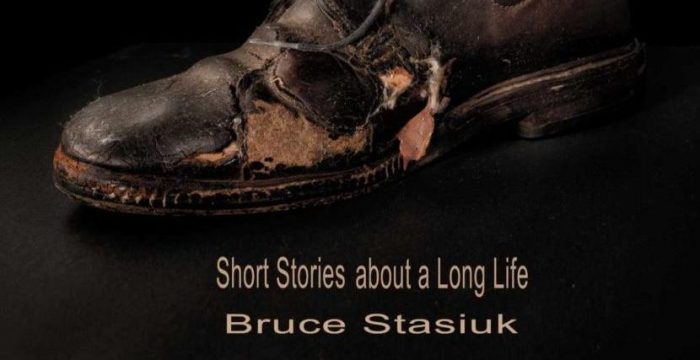
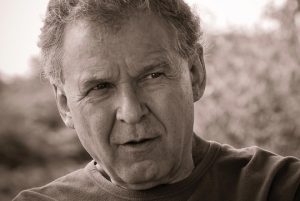
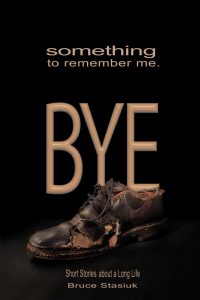

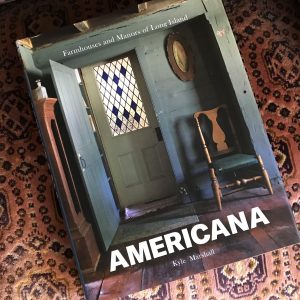
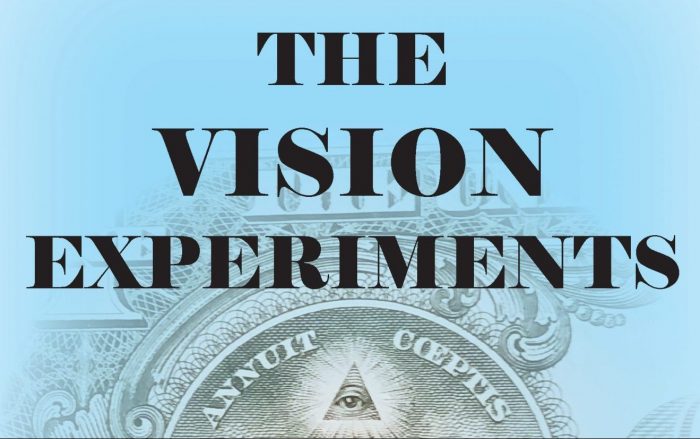

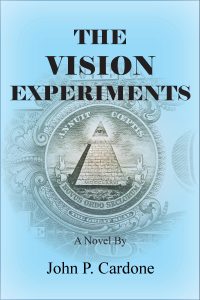

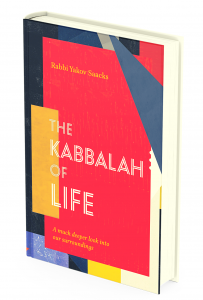 “The world has felt so chaotic over the past few years… an unlikely pandemic followed by US elections and so many crises around the world,” RabbiSaacks says after a few moments in thought. “Our minds are confronted by so much information on social media on a daily basis, we barely have time to decide what we think about a matter before we are bombarded by even more opinions. And these are important topics that require much thought and care.”
“The world has felt so chaotic over the past few years… an unlikely pandemic followed by US elections and so many crises around the world,” RabbiSaacks says after a few moments in thought. “Our minds are confronted by so much information on social media on a daily basis, we barely have time to decide what we think about a matter before we are bombarded by even more opinions. And these are important topics that require much thought and care.”

 The earliest part of the book focuses on the biblical connections. Superman is most closely associated with Moses and Samson, but Schwartz also explores Superman as a Jesus figure. While the early Superman reflects an Old Testament figure, in film, television, and later incarnations, the Christ symbolism became strongest.
The earliest part of the book focuses on the biblical connections. Superman is most closely associated with Moses and Samson, but Schwartz also explores Superman as a Jesus figure. While the early Superman reflects an Old Testament figure, in film, television, and later incarnations, the Christ symbolism became strongest.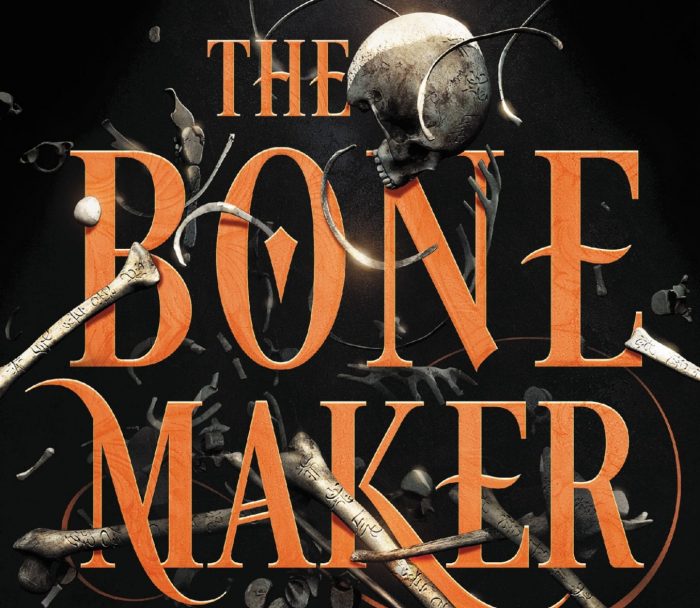

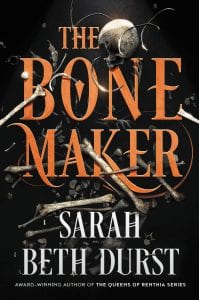 Kreya and Zera venture to the site, returning with the bones and a suspicion that Eklor either never died or has been brought back. Kreya fully restores Jentt to life. Then, along with Zera, gather the two remaining members of their troupe: Marso, the bone reader, whose skill “far exceeded the skills of other bone readers,” and Stran, “a warrior with the experience in using bone talismans to enhance his already prodigious strength.” However, Marso, plagued by doubt and perhaps a touch of madness, sleeps naked on the streets of the least savory of Vos’s cities. Stran has entered a life of contented domesticity, living happily with his wife and three children on a farm. Kreya must reunite this disparate group to bring order once again.
Kreya and Zera venture to the site, returning with the bones and a suspicion that Eklor either never died or has been brought back. Kreya fully restores Jentt to life. Then, along with Zera, gather the two remaining members of their troupe: Marso, the bone reader, whose skill “far exceeded the skills of other bone readers,” and Stran, “a warrior with the experience in using bone talismans to enhance his already prodigious strength.” However, Marso, plagued by doubt and perhaps a touch of madness, sleeps naked on the streets of the least savory of Vos’s cities. Stran has entered a life of contented domesticity, living happily with his wife and three children on a farm. Kreya must reunite this disparate group to bring order once again.


